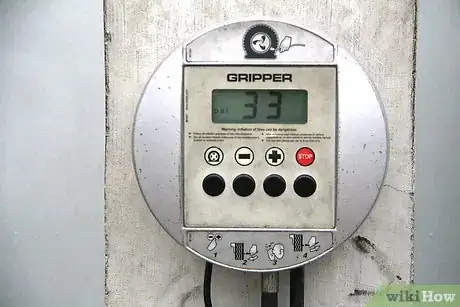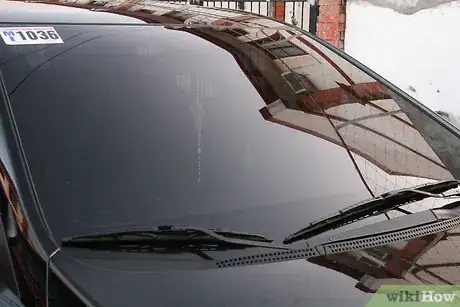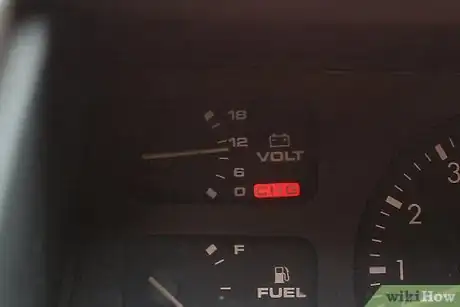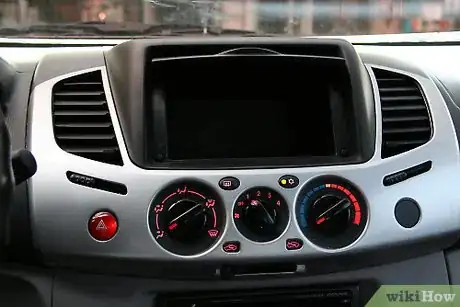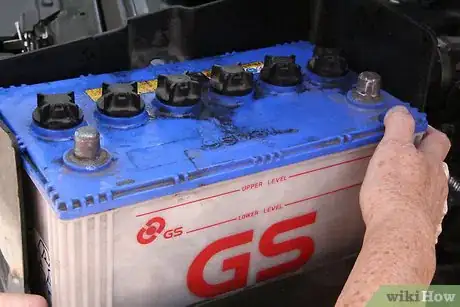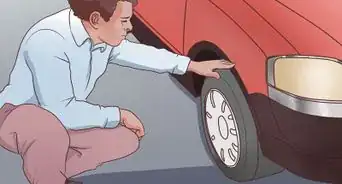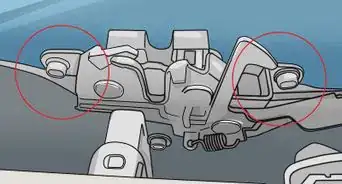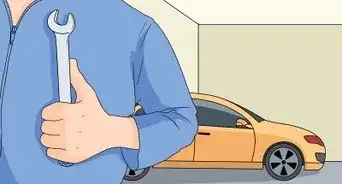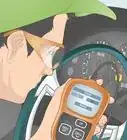This article was co-authored by Duston Maynes. Duston Maynes is an Automotive Repair Specialist at RepairSmith. Duston specializes in leading a team that handles a variety of automotive repairs including replacing spark plugs, front and rear brake pads, fuel pumps, car batteries, alternators, timing belts, and starter motors. Duston holds an Associate’s degree in Automotive/Diesel Technology from The Universal Technical Institute of Arizona and is a Certified Diagnostic Technician and Automobile Mechanics Technician through BMW STEP. RepairSmith received The 2020 Big Innovation Award by Business Intelligence Group and The Startup of the Year by the American Business Awards. RepairSmith was also included in Built in LA’s 50 Startups to Watch and The Business Intelligence Group’s 52 Names Leading the Way in Customer Service. RepairSmith offers in-home services to provide car owners convenient and complete auto repair everywhere.
There are 12 references cited in this article, which can be found at the bottom of the page.
wikiHow marks an article as reader-approved once it receives enough positive feedback. In this case, 100% of readers who voted found the article helpful, earning it our reader-approved status.
This article has been viewed 215,241 times.
Driving an automobile is one of the potentially most dangerous things people do, but you can prevent certain problems if you know how to check your car before driving. Visual inspections may prevent an accident caused by a blown tire, and many other potential hazards.
Steps
Short Trips
-
1Check under the car for obvious leaks. Driving with leaking fluid may cause failure of the steering, brakes or radiator.[1]
-
2Check the tires for proper inflation and any obvious damage or signs of excessive wear.[2] In a worst-case scenario, a blown tire could cause you to crash.Advertisement
-
3Ask someone to stand behind your car to check the lights. Turn on the car and activate the directional signals, then apply the brakes and put the car in reverse so the person can see if lights are working correctly.[3]
- Ask the person to stand in front of the vehicle, then turn on the headlights and activate the directional signals.
-
4Check the back seat or seats to make sure no one is hiding there. Carjackers sometimes hide in the back seat, then surprise the driver once the car is started.[4]
-
5Check your windows to make sure you have good visibility.[5] Check mirrors to be sure they are aligned properly, giving you a proper view of the road.
-
6Know how the gauges on your dashboard should look when everything is working properly. Check the gauges every time you start your car. Check the engine temperature gauge after the engine has had time to warm.[6]
-
7Check the vents, heating system and air conditioning to be sure they are in working order so you can defog or defrost the windows when necessary.[7]
Long Trips
-
1Check fluids in the car periodically.[8] Check the oil weekly. Check the brake and power steering fluids and engine coolant transmission fluids monthly or before a long trip to be sure they are full. Check fluids when the engine is cold. Fill the wiper fluid if necessary.[9]
- Read the owner's manual for directions on how to check the fluids. Engine fluid levels—including oil, brake fluid, and power steering fluids—are easy to check via dipsticks found under the hood. Engine coolant is visible in a plastic container apart from the radiator on newer vehicles.
-
2Have the battery tested before a trip. Although you can take have the battery tested by a mechanic, you can check for obvious signs of corrosion on the terminals or for signs of cracks or leaks.[10] Have the battery fixed or replaced immediately if you find anything wrong.
-
3Activate your windshield wipers and sprayer to be certain they work.[11]
-
4Check your air filter before a long trip, as it can affect fuel efficiency and engine performance.
-
5Make sure the spare tire is inflated and serviceable and the jack is present. It's a good idea to check them periodically even if you aren't going on a long trip.
Community Q&A
-
QuestionWhich words can help me remember what the 6 basic vehicle checks include?
 Community AnswerUse the AA's "FLOWER" acronym: F=fuel L=lights O=oil W=water E=electrics R=rubber (tires/wipers).
Community AnswerUse the AA's "FLOWER" acronym: F=fuel L=lights O=oil W=water E=electrics R=rubber (tires/wipers). -
QuestionWhere is the direction light on a car?
 Community AnswerThose are also known as turn signals. They are usually found on your steering column.
Community AnswerThose are also known as turn signals. They are usually found on your steering column. -
QuestionWhy do vehicles need to be checked before they are driven?
 Community AnswerChecking your vehicle prior to driving ensures that it's safe and in serviceable condition, and helps to prevent breaking down on more dangerous roads, such as the motorway.
Community AnswerChecking your vehicle prior to driving ensures that it's safe and in serviceable condition, and helps to prevent breaking down on more dangerous roads, such as the motorway.
Warnings
- Have a mechanic check your car right away if you smell unusual odors or if your car uses more fluids than usual.⧼thumbs_response⧽
References
- ↑ https://fixcarleaks.org/diagnose/
- ↑ https://www.firestonecompleteautocare.com/penny-tire-test/
- ↑ https://www.youtube.com/watch?v=9kKIpUYRMPI
- ↑ http://www.citizendefensetraining.com/preventing_carjacking.htm
- ↑ https://www.youtube.com/watch?v=vJkfrY2owb0
- ↑ https://www.consumerreports.org/car-repair-maintenance/what-does-check-engine-light-mean/
- ↑ https://www.aa1car.com/library/air_conditioning_inspection_checklist.htm
- ↑ https://www.consumerreports.org/cro/news/2008/12/car-care-five-fluids-to-check/index.htm
- ↑ https://www.popularmechanics.com/cars/a25986/check-fluids-oil-car/
About This Article
Checking a car before driving is a simple way to prevent accidents, blown tires, and other hazards. If you’re going on a long trip, you’ll want to check your car’s fluids, including the oil, brake fluid, and power steering fluid, to make sure they’re full. You’ll also want to take a look at your battery to ensure there’s no corrosion or signs of leaks on the terminals. Make sure the spare tire in your trunk is inflated and you have a jack, just in case you blow a tire. Additionally, you’ll want to test your windshield wipers and sprayers for clearing away dirt and bugs on your long drive. To learn how to check your car for shorter trips, read on!

